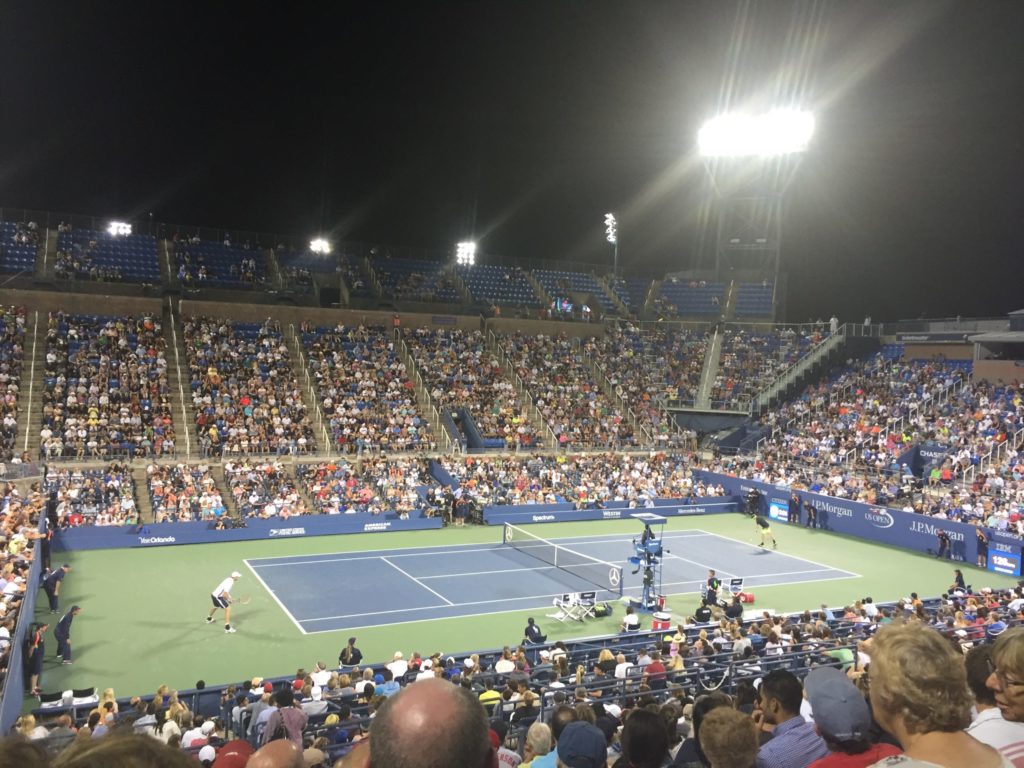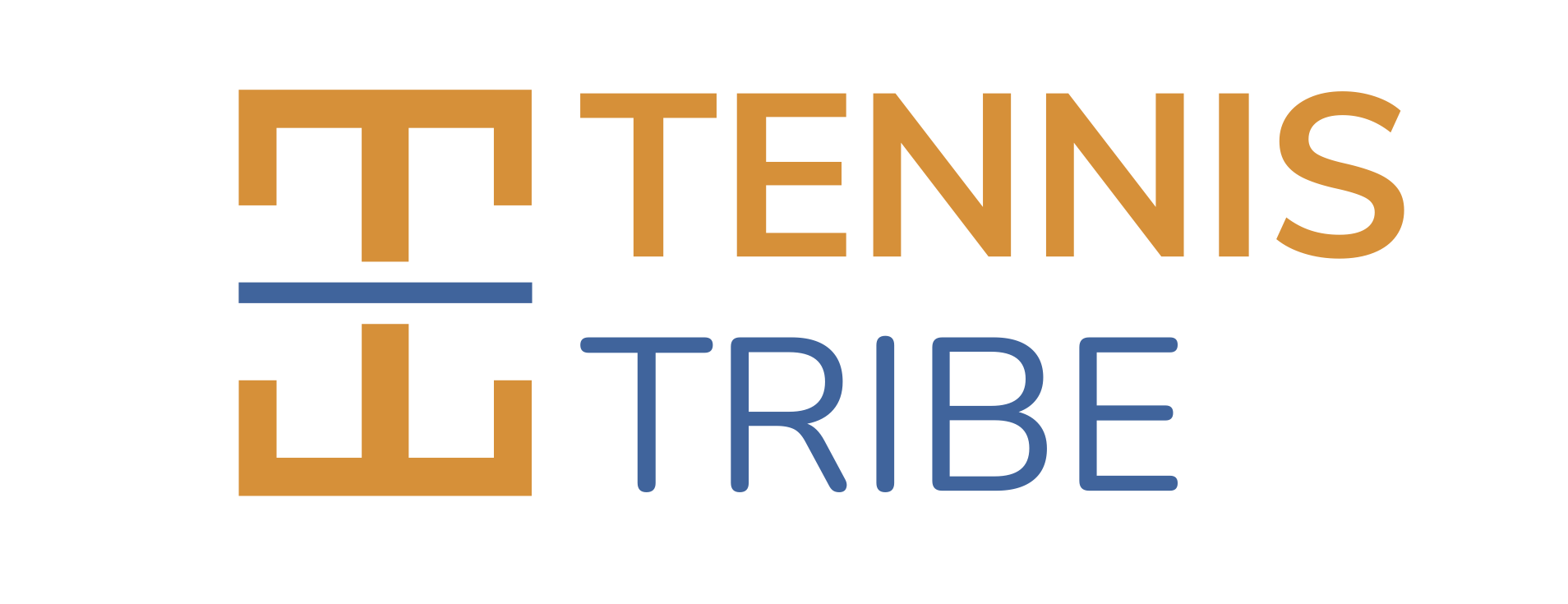If you asked most tennis fans to assess the performance of American players at the 2021 U.S. Open, many would probably say mediocre or disappointing.
Sure, there were moments of brilliance. Thirteen American men made the second round for the first time since 1994. Shelby Rogers scored a career-best win over No. 1 Ash Barty to land a spot in the Round of 16. Jenson Brooksby was the last American standing and took a set off Djokovic in their fourth clash after a few impressive wins along the way.
The American tennis story most people paid attention to? No American man or woman made it to the singles quarterfinals in 140 years since the inaugural U.S. Open. Given how much the U.S. has dominated the sport throughout its history, this was a hard pill for many American fans to swallow.

Uphill Battle From the Start
Before the tournament began, the Americans were already at a disadvantage with notable absences including both Williams sisters, Sofia Kenin, and Jen Brady. Plus, the tennis draw gods were unfavorable with a few titanic All-American clashes in the early rounds.
Sloane Stephens drew good friend Madison Keys in the first round, a rematch of the 2017 finals which left many tennis fans scratching their heads. How could two former top 10 players with such raw talent and effortless power end up in this situation? After beating Keys 7-6 in the 3rd set, Sloane’s second-round opponent was also a familiar and equally talented American foe: Coco Gauff.
John Isner, the best American man over the last decade without question, posted a strong summer of results and looked in-form heading into New York. Unfortunately, he drew a fellow trending American, Brandon Nakashima, and lost in straight sets. Sebastian Korda, who many believe is the best young American prospect, disappointingly retired from his first-round match. Brooksby and Taylor Fritz were forced to square off against each other in the second round.
Play Doubles?
Get doubles tips and strategies every Thursday – learn to play smarter and win more matches!
Bonus Guide: 3 Doubles Tactics to Force Errors & Get More Easy Volleys
Doubles Carries the Torch
While American single’s results were disappointing in the second week, American fans who follow doubles closely were treated to a thrilling two weeks of doubles action with nine American players who made it to the quarterfinals of the three doubles events.
- In men’s doubles, American Rajeev Ram partnered with Joe Salisbury from the UK to win their first U.S. Open title and second major title together. They defeated Jamie Murray and Bruno Soares 3-6, 6-2, 6-2. Ram and Salisbury, both former collegiate players, won their two previous matches in 3rd-set tie-breakers en route to the championship.
- In women’s doubles, Coco Gauff and Caty McNally, “McCoco”, reached a career-first grand slam final after upsetting the No.1 team of Hsieh/Mertens along the way. Ultimately, they fell short to Sam Stosur and Shuai Zhang 6-3, 3-6, 6-3, but captivated the home crowd nonetheless.
- In mixed doubles, American Desirae Krawczyk partnered with Joe Salisbury to win her *third* consecutive mixed doubles title of 2021. With this milestone, Desirae is now in a category alongside WTA greats like Martina Hingis and Martina Navratilova who also achieved the mixed 3-peat in a calendar year.
- Other Americans who impressed in doubles throughout the second week included Steve Johnson and Sam Querrey (men’s semifinalists), Jessica Pegula and Austin Krajicek (mixed doubles semifinalists), Caroline Dolehide (women’s quarterfinalist), and Desirae Krawczyk yet again (women’s doubles semifinalist).
After seeing how much success American players had in doubles at the U.S. Open…why don’t we appreciate doubles more?
Doubles plays second fiddle to singles in nearly every aspect of professional tennis, from media coverage to prize money to TV air time to court assignments.
Throughout the U.S. Open coverage, we rarely heard media talking about the many Americans performing well in doubles. Instead, the main focus was on the lack of Americans left in the singles draw during the second week and, understandably, the many compelling stories in the singles draws (which were fantastic, don’t get us wrong).
Apart from the doubles finals that aired on ESPN, the rest of the doubles tournament aired on ESPN+, which requires an additional monthly subscription. It’s not expensive, but yet another barrier to prevent doubles from gaining more popularity.
How do we expect to promote doubles if it’s not easy for the average fan to find on TV? In a sport where most recreational players play doubles, you’d think tennis would have a better understanding of its target audience and take steps to elevate the professional doubles game.
A few of our good friends and tennis experts offer their thoughts on ways to grow professional doubles:
“I wish we could find a way to adjust the format and schedule to make it easier for all of the top players to play at the slams. Whenever you see them play at Davis Cup, Laver Cup, or Olympics, it’s always really exciting. How do we get them on the doubles court vying for grand slams? That would take the sport to the next level.”
Eric Butorac, former ATP doubles player
“Doubles needs to be taken more seriously by promoters and tournament directors. Put doubles as a night match! About 20-years ago, night sessions at the U.S. Open and other events featured at least one doubles match.”
Randy Walker, managing partner of New Chapter Media and former press officer for USTA and the U.S. Open
“I think it all has to do with scheduling. I would like to see doubles positioned as a “curtain-raiser” for singles matches. We know how long a doubles match will typically take so position it right before a singles match to give the crowd a high-energy appetizer for the main draw card.”
Craig O’Shannessy, founder of Brain Game Tennis and ATP Strategy Coach
“I would make men’s singles two-out-of-three sets until the semifinals at the majors, encouraging well-known singles players to dip their toes into the doubles pool more often. I’d also love to see a bonus awarded for players who win singles and doubles at the same tournament throughout the season, similar to the $1 million incentive offered at Indian Wells a few years ago.”
Blair Henley, tennis host, writer and reporter
While much of the responsibility to grow doubles lies within the sport’s governing bodies, the players themselves are equally as responsible. Doubles players can do a better job at building their own brands to help attract a larger fanbase and grow the game. Just take a look at what the Bryan Brothers accomplished throughout their career.
Can McCoco become a household name and evolve into a WTA-esque version of the Bryan Brothers? Can Desirae Krawczyk consistently own mixed doubles and turn into a well-known “mixed specialist?” How long can Rajeev Ram continue his late-career surge?
Only time will tell, but if we learned anything from the 2021 U.S. Open, it’s time we give professional doubles [and our American players at the top of the game] the credit it deserves.
Check out our podcast interview with tennis writer and historian Joel Drucker, who offers ideas on how we can fix and grow professional doubles.

Leave a Reply